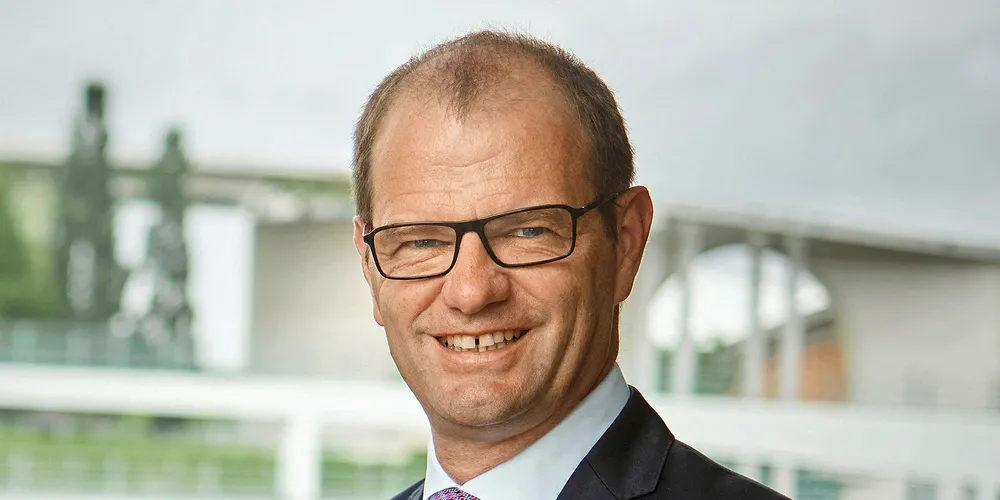No hiccups as German TSO 50Hertz brings record wind and solar power onto grid
Current lower electricity demand due to Covid-19 is also manageable, chairman Stefan Kapferer says

Current lower electricity demand due to Covid-19 is also manageable, chairman Stefan Kapferer says
